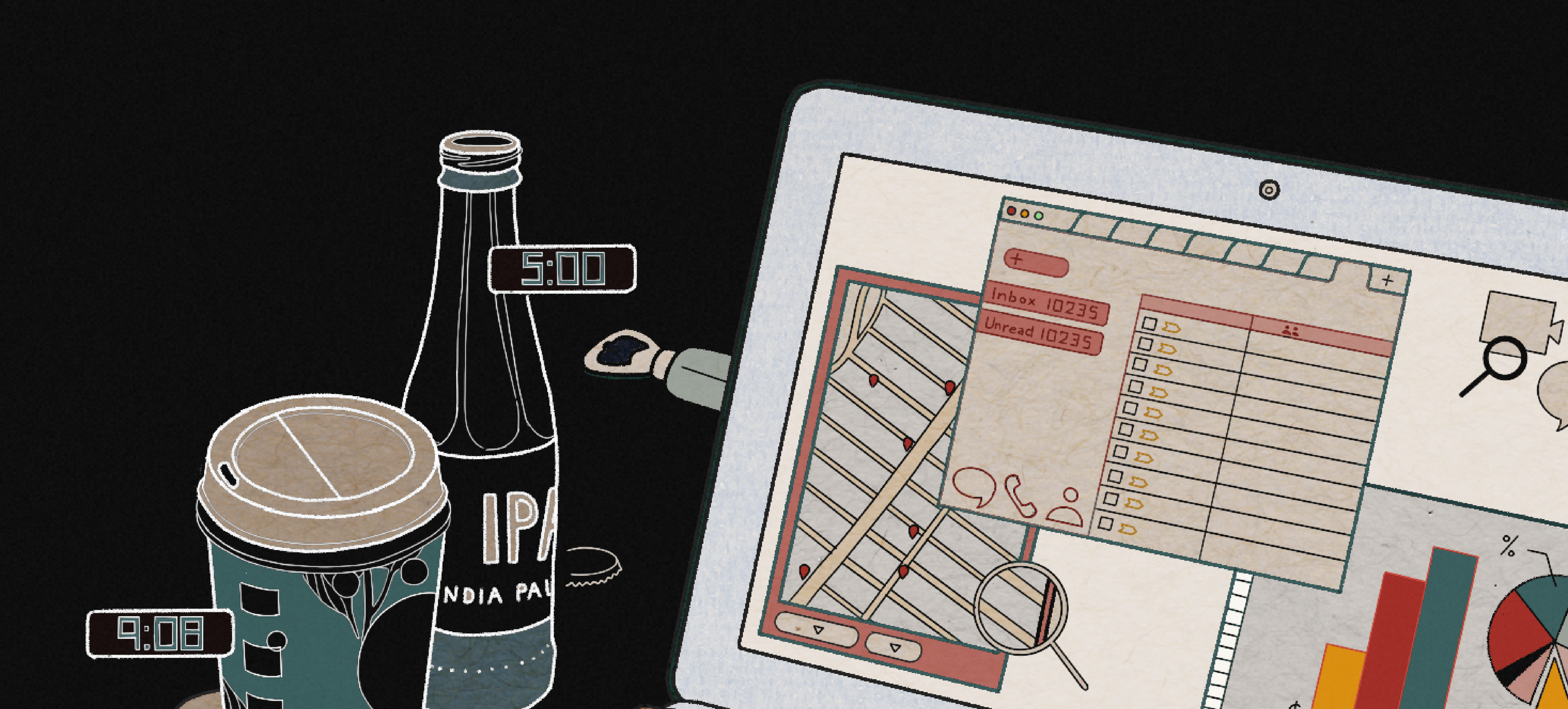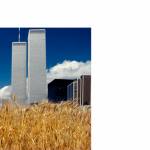Three Arts Leaders Share Strategies for Better Work Life Balance
Arts industry professionals share practical insights on the humanization factor of remote work, open workplace communication, and stress management.
The shift to work-from-home kickstarted a conversation that was long overdue—one about work life balance. To start to understand the opportunities and challenges remote work brought about, we heard from arts industry professionals on the topic. Here, we’re sharing insights from Russell Davis, former Chief of Human Resources, Equity & Engagement (CHREE), UCLA Hammer Museum; Caryl McFarlane, Independent Higher Education Diversity Programs and Strategy Consultant, The Alliance of HBCU Museums and Galleries and Senior Fellow, The Metropolitan Museum of Art; and Seema Rao, Deputy Director and Chief Experience Officer, Akron Art Museum.
Hearing, Adapting, and Being Kind
As arts professionals, artists, and non-profit workers, we tend to focus on serving our mission and on fulfilling the needs of our audiences. This hyper-focus can come with a sacrifice of forgetting to apply the same caring, curious mindset to our daily workspaces and interactions.
“Kindness should be at the center of your work. We put so much care into our audiences. Let’s take just a tiny piece of that and apply [it] to our colleagues.”
-Seema Rao
As we get a glimpse into our coworker’s daily lives via Zoom, we inadvertently humanize our work experience. While seemingly counterintuitive to the platform, a kind of intimacy is being built through the screens. People are sharing their homes. You are seeing pets, children, and art projects in progress.
This window that opens up into our private lives gives us an opportunity to prioritize good communication. Part of balancing work and life is fostering positive work environments that welcome just that. Rao says this can include discussing your preferred communication methods, for example—phone call, email, Google Chat—and letting your colleagues know what topics are off the table.
“Communicating your hot button issues can improve workplace relationships.”
-Russell Davis
Speakers highlight that people can’t read each other’s minds (not yet, at least), so clarifying what works and what doesn’t work for you as an employee makes a big difference in relieving stressful moments in general, thus bringing us closer to mental clarity and balance.
Embracing the Challenge
To go a step further, remote work can offer opportunities for deeper, more engaged conversations that in some cases may supersede in-person collaborations.
“We have to be more intentional because we can’t rely on being in person.”
-Caryl McFarlane, when addressing strategies employed for doing art conservation online.
McFarlane speaks about having conservators introduce themselves on a more personal level, increasing digital programming, and expanding post-program discussions—all strategies that have become instrumental for museums and arts institutions in interacting better with both external audiences and fellow staff members.
If intentional communication keeps a highly-tactile art of conservation alive via Zoom, it’s worth leaning into the same logic and applying it to our daily work. Davis reminds us that hearing, adapting, and being kind are never a waste of time. Every interaction matters. To remember this is inherent to the mission—any mission.
“For all of this to work, every individual has to consider themselves the common denominator. Being able to return to the overarching purpose has helped us give each other some grace and understanding.”
-Caryl McFarlane
Fighting Stress by Making Time
A big part of striking a balance between life and work are stress reduction and time management. Here are some practical tips on nailing both.
Investigate
How do we make time when it seems like there is none? Wasted minutes here and there add up to hours that slip through your fingers. Experiment with scheduling as a way to initially answer the question of where those precious minutes are going—whether it’s social media scrolling, excessive multitasking, inner turmoil, or something else entirely.
As with everything, there is a fine line between using schedules as a beneficial tool and breaching into the territory of paranoia that comes with planning too much of your life, notes McFarlane. Choose what works best for you.
Some popular scheduling tools that people in the arts industry use are Trello and Asana. Other apps like Calendly are more specific to keeping track of meetings. Or, if you want to plant (virtual) trees by staying focused, you might want to check out this fun app.
Utilizing the calendar function of your email to block out time for projects is another great way to prioritize tasks.
Identify
Similar to investigating schedules, we sometimes need to do some digging into ourselves. It is not a weakness to confess to yourself that there is something going on inside that you need to figure out.
Don’t ignore the inner feeling of stress. We all wear armor through life and if we don’t make sure to take it off from time to time, we will hurt ourselves in the long run, shares Davis. So identify the cause. Write it down. Say it out loud. Never bury it inside.
Additionally, now knowing those triggers, you can better anticipate periods of stress to alleviate it before it comes knocking.
Let go
Scheduling well and alleviating stress makes it easier to enjoy the all-time-favorite self-care tip: to set aside time for yourself. Whether it’s making dinner or turning on music and dancing, make sure there is always time to relax. Consider the importance of physical space as well: where can you just be you? Perhaps this is a space away from technology or daily responsibilities, whether job- or home-related. Let these reflections drive your decisions about how and where you can let go.
Some tools we recommend are setting up Screen Time or letting a calming voice guide you through simple meditations.
At times, it might be easy to feel a loss of control about what’s happening around you. It’s true that we cannot control many aspects of our worklife, but Rao encourages us to focus on what is in our power.
“We’ve all made sacrifices to be in mission-driven organizations. But we all have things in our work that can be changed.”
-Seema Rao
–Compiled by Anna Sorokina, Communications/Design Officer
These tips and insights were shared as part of a NYFA Learning and Association of Art Museum Curators Foundation series centered on navigating the pandemic-altered workplace and seeking pathways forward towards self-advocacy and self-care.
Interested in learning more on this topic? Read “The Arts Administrator’s Creed: 5 Guiding Principles for Your Arts Admin Career” for more empowering advice on how to define and achieve success in your life and work. Sign up for NYFA News and receive artist resources and upcoming events straight to your inbox.





